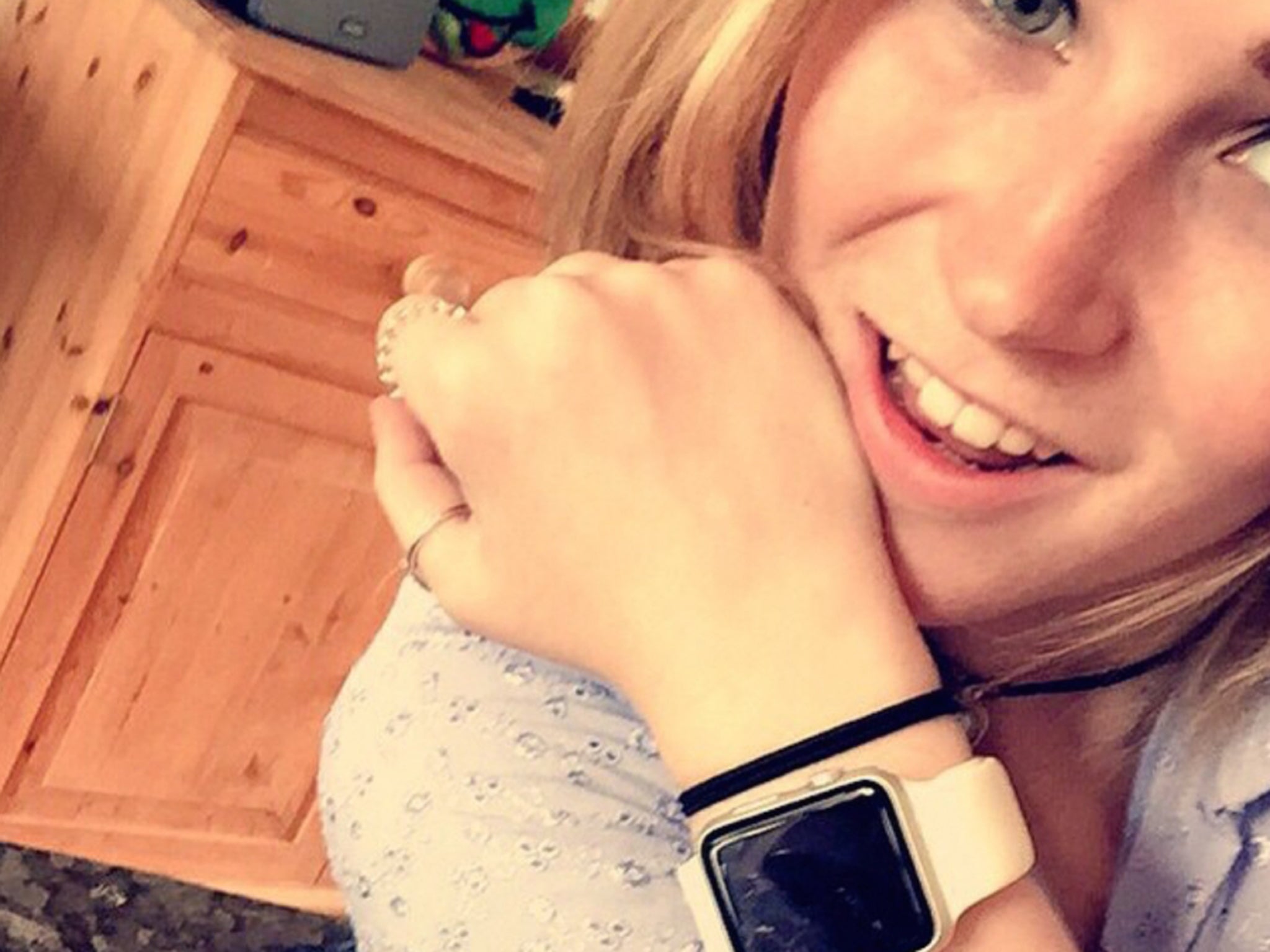Apple Watch: Invisible feature helps woman who is deaf and registered blind to navigate
By using the ‘taptic engine’ and other accessibility features, Molly Watt has been able to find her way around

A woman who is deaf and registered blind has described the way that the Apple Watch has been able to help her navigate and communicate with friends.
Molly Watt, an activist and blogger, lives with Usher Syndrome and is deaf and registered blind. Apple products are “more than just up market gadgets” to her, and the company’s new smartwatch have made it much easier to navigate and communicate, she wrote in a blogpost describing her time with the Apple Watch.
One of the main — though invisible — features of the Apple Watch is its “taptic engine”, which uses soft vibrations to alert its wearer to certain events. As well as working for notifications, the technology also allows people to navigate without actually looking at the screen, giving different nudges for left and right.
Watt wrote in her blogpost that that feature, as well as other accessibility tools built in to the watch, had made the Watch “definitely awesome for me as a deafblind person”.
“So far for me the most useful App on the Apple Watch is Maps – on my iPhone I can plan my journey from one destination to another, for me it will be on foot with Unis my guidedog,” she wrote. “This is where Haptics really come into its own – I can be directed without hearing or sight, but by a series of taps via the watch onto my wrist – 12 taps means turn right at the junction or 3 pairs of 2 taps means turn left, I’m still experimenting with this but so far very impressed – usher syndrome accessible!”
The same taptic engine can be used to send messages to other people with the Apple Watch. In a certain mode, tapping on the screen face vibrates another person’s watch remotely, which Watt said she had used to talk with friends.
“I am fortunate to have a few friends who also have the Apple Watch and together have devised ways of communicating in ‘Code’ when out, particularly when out at night and in dark situations when I am completely blind,” she wrote. Those are useful, for example, if Watt is in “a badly lit and noisy environment and struggling to be included in something I can get message to friend I’m uncomfortable or I need assistance or help of some kind or 'I’m bored' can we do something else”.
Other accessibility features include Apple’s Voice Over, which reads out certain things to give extra feedback to those who can’t see the face. But Watt notes that being hearing impaired means that she’s unable to hear the sound outside or in public — but notes that Bluetooth hearing aids could eventually make this more possible.
The Watch only has a small screen — Watt got the larger of the two sizes, which is 42mm — and some of the icons appear a little small on the screen.
Watt did say that the audio on the Watch “could be louder” and that the price could make the Watch not accessible for those that want to buy it. But she said that the “positives far outweigh the negatives” and that she was “now very happy to own an Apple Watch”.
Subscribe to Independent Premium to bookmark this article
Want to bookmark your favourite articles and stories to read or reference later? Start your Independent Premium subscription today.

Join our commenting forum
Join thought-provoking conversations, follow other Independent readers and see their replies